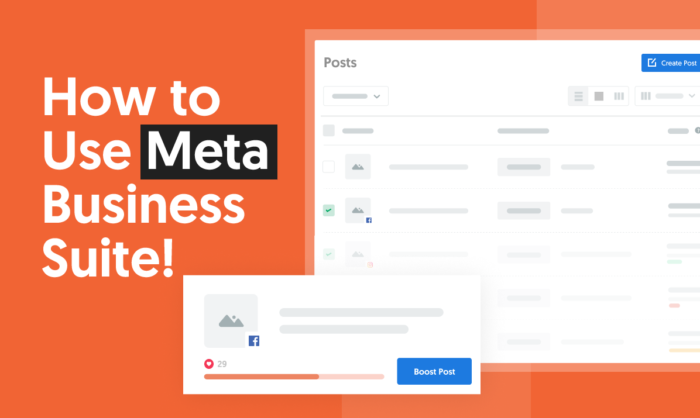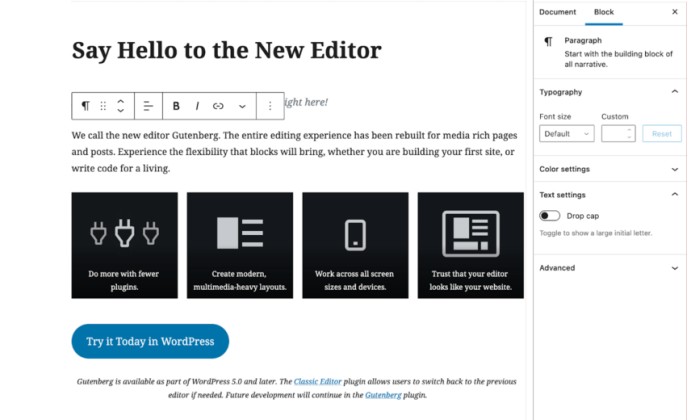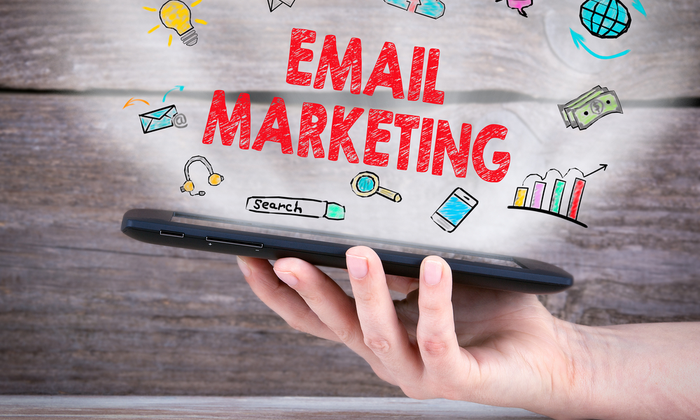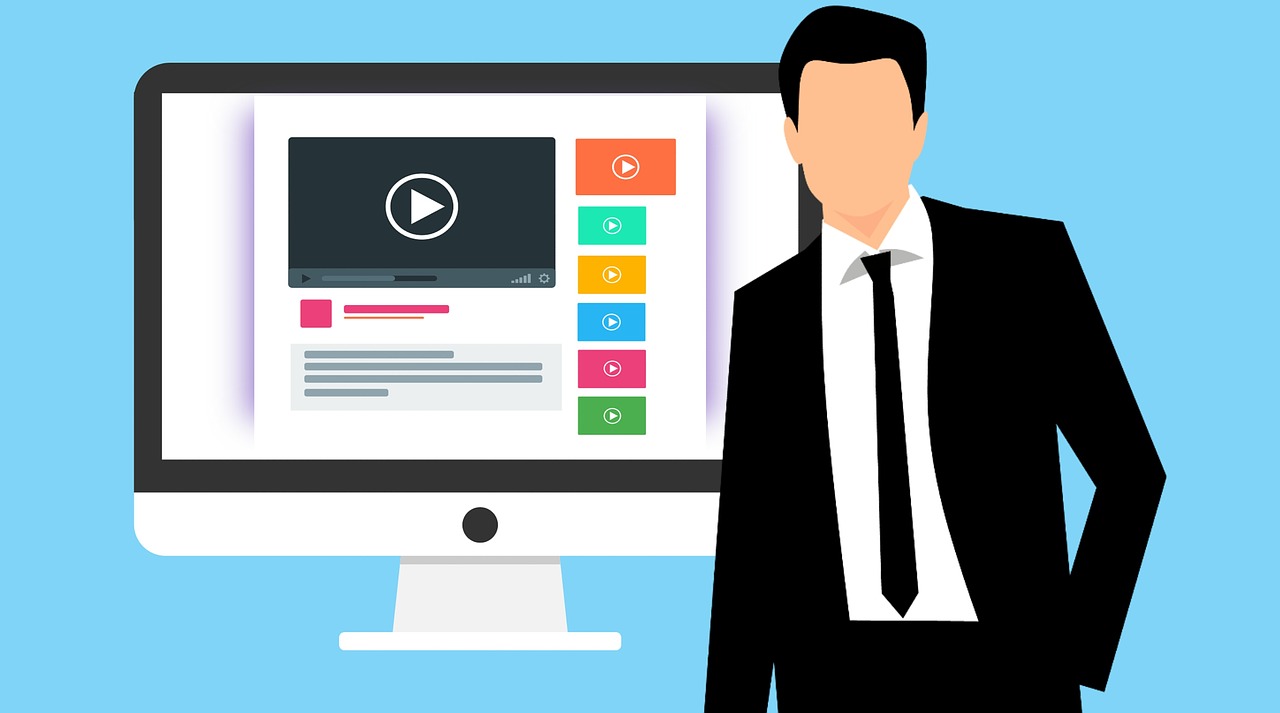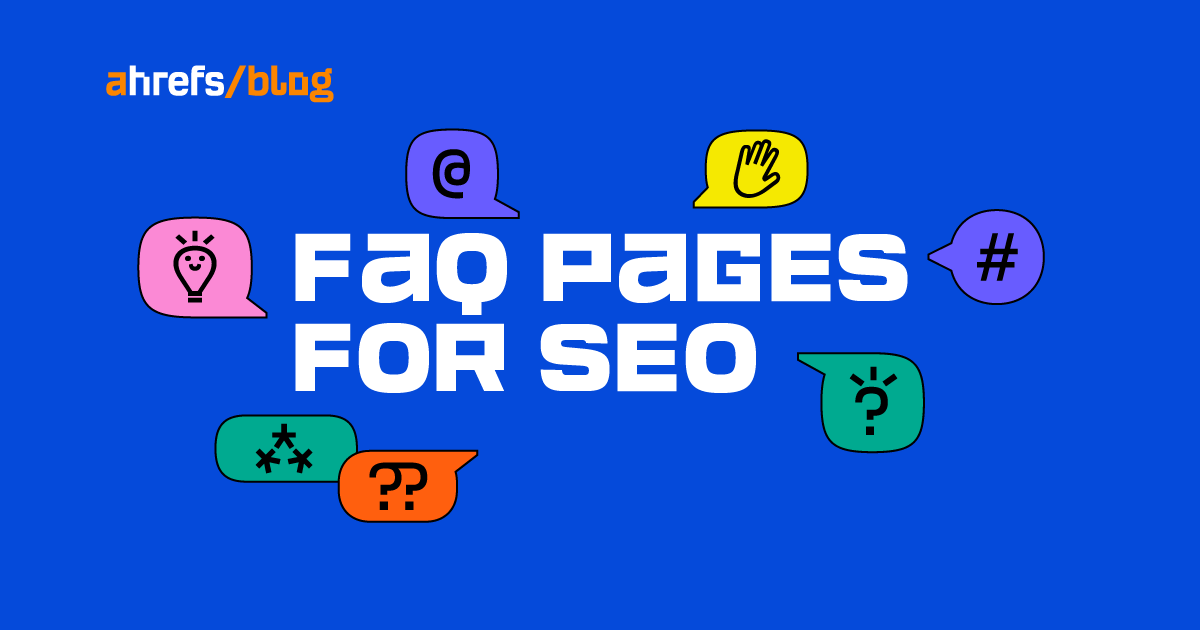Are the days of pure organic growth over for apps?
Jan Gemrich, Chief Marketing Officer at GAMEE, discusses why app marketers should be taking a multi-pronged approach to their app marketing strategy The post Are the days of pure organic growth over for apps? appeared first on Search Engine...

30-second summary:
Has it become nearly impossible to cut through the noise of six million apps in app stores? For app marketing to be effective, it has to take into consideration the whole ecosystem that affects your app’s marketing performance Whether it is app store optimization (ASO) or combining organic and paid user acquisition, marketers need to look at data holistically and ask the right questions when analyzing app performance A successful app marketing strategy understands the correlation between ASO and paid user acquisition efforts You need to understand how your paid funnel impacts organic growth and vice versaWhether you like it or not, apps have become a day-to-day standard for businesses and consumers. There is an app for everything, whether it is shopping, banking, travel, or gaming. In fact, a recent survey has found that 88 percent of mobile time is spent within apps.
According to Statista’s data from Q2 of 2022, there are more than six million apps across Google Playstore, Apple app store, and Amazon store.
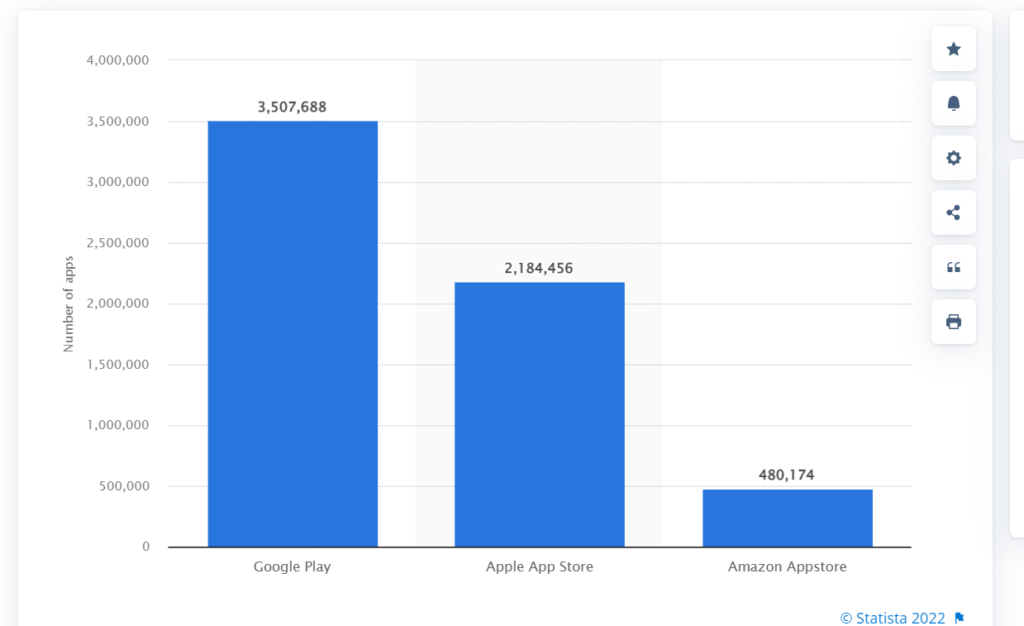
Source: Statista
That’s why marketing your app properly has never been more important and has become an integral part of a business’s marketing strategy. But for it to be effective, app marketing has to take into consideration the whole ecosystem that affects your app’s marketing performance. Whether it is app store optimization (ASO) or combining organic and paid user acquisition (for example, via Google App Campaigns and Apple Search Ads), marketers need to look at data holistically and ask the right questions when analyzing an app’s performance.
Here I will share some of the knowledge I have gained and tricks of the trade I have learned over the past 10 years in the marketing field.
Organic growth on its own won’t take you far
While a few years ago ASO may have been the most important part of your app marketing strategy, to stay competitive in the busy app marketing landscape, you need to power up your User Acquisition (UA) strategy. This does not mean that ASO is no longer important – it sure is – but it has to be combined with your paid user acquisition strategy for an app’s sustainable growth. Both organic and paid UA has the main goal to drive quality conversions while maintaining a low cost per conversion.
To start with, you need a solid ASO foundation to maintain a stream of high-quality users across channels. It is essential as the user will ultimately land in your app store listing. You are literally wasting your money if you haven’t invested time in ASO and optimizing your store listing.
Paid user acquisition can lead to more organic app installs. Ads will bring new attention to your app store listing. The more installs your app generates, the higher your app will be ranked in the app stores. As a result, it increases visibility across search results and browse sections. Due to increased visibility, more and more users will land in your organic store listing and download your app. Hence the growth loop continues!
A successful strategy is about understanding the correlation between ASO and paid user acquisition efforts. You need to understand how your paid funnel impacts organic growth and vice versa. At GAMEE, we have used App Radar’s all-in-one platform which has helped our team work together within one system and understand, as well as maximize, the impact of organic and paid user acquisition for both Google and Apple app stores.
Analyzing app performance
After putting a lot of effort into optimizing your UA, don’t just sit back and hope to see perfect results. Throughout the campaign, you should be analyzing your app’s performance and asking the right questions. You’d probably like to know how much growth your ASO efforts brought. Or was it your paid UA traffic that led to an increase or drop? It can be challenging to answer all these questions, especially considering many factors that can play a significant role. As an example, let’s look at a couple of scenarios.
Scenario one: A drop in app installs
Seeing a drop in installs? It might be concerning at first sight. However, the good news is that there is most probably an explanation for every decrease in installs. And for every problem, there is also a solution.
One crucial impact factor you need to consider is paid user acquisition efforts. When you notice a decrease in downloads, you should first check whether you had ads running during that specific time. Ads can bring a significant amount of traffic to your app, and once you stop or reduce them, this might have a substantial effect on your results. Check the correlation between organic and paid conversions, and then analyze how your paid conversions impact your total growth and understand whether an increase in installs might be due to reduced activity via paid channels.
What should you do now?
First, try to get a better picture of the situation by looking at the last 30 or 90 days timeframe and understanding how significant the impact was. If pausing, for example, your Google App Campaigns greatly decreased your installs, you should consider re-activating the ads.
Scenario two: An increase in app installs
This is the result we are all aiming for. Ideally, you’d want this to continue throughout and beyond your marketing campaign. But for that, you need to know what was impacting the increase. Transferring and attributing success from one place to another can be tricky if you do not know where the success is coming from.
Your best bet would be to look at the conversion breakdown to help you find the answer. Is it Google Ads, Apple Search Ads, another paid channel, or ASO? If you run a campaign via a paid channel at the same time as the installs increased then it is most likely that that was what influenced your overall app growth. It is worth also evaluating which ad platform is the most efficient. Do you get a better cost per conversion with a paid channel? To get an idea of whether your app is performing better or worse, you may want to compare the figures with previous campaigns – How did your impressions, conversions, and costs perform compared to the previous period? Taking all of this into account will help you determine whether you should change your focus or make tweaks to your campaign.
Three takeaways from GAMEE’s experience
At GAMEE we have learned that there are three elements every app marketer should never stop working on:
ASO
It is the end-point to all of your app activities. Every dollar and hour invested elsewhere can be multiplied by a good ASO strategy and approach. This is where our use of App Radar’s platform was extremely valuable in maximizing our campaigns.
Testing
Use custom app store listings (where possible), various combinations of paid ad networks, and app store A/B tests to get the best results.
Prioritizing
Pick the audience, markets, regions, and/or demographics you need to win and focus your ASO and paid channels on them.
While analyzing the impact of paid and organic user acquisition is no easy task, the one thing you don’t want to do is put all your eggs in one basket. You can’t rely on just organic UA or just paid UA. For a successful app marketing strategy, both areas have to work in tandem. Your campaign should also allow room for testing. This enables you to tweak and pivot strategy as you go, and tailor it for your target audience. Trust me, if properly managed your app will soon be reaping your strategy’s benefits.
Jan Gemrich is Chief Marketing Officer at GAMEE, a high-engagement play-to-earn gaming platform, that attracts over 30 million users. GAMEE is part of Animoca brands which is a leading blockchain gaming company. Jan previously worked for 9+ years at Google, based out of Prague, London, and Toronto, where he was responsible for user growth (Google Pay, Android, Search) and the launch of new products (Pixel, Stadia, etc).
Subscribe to the Search Engine Watch newsletter for insights on SEO, the search landscape, search marketing, digital marketing, leadership, podcasts, and more.

 JimMin
JimMin 








